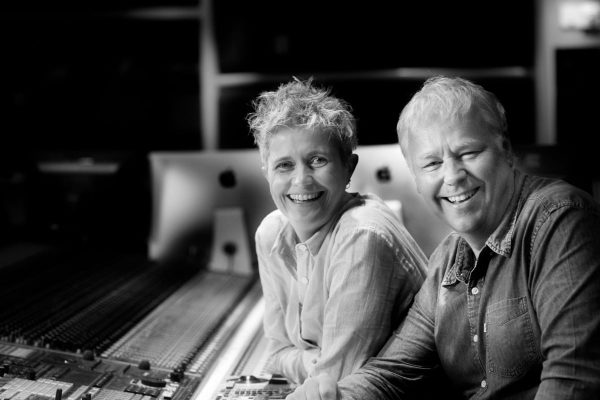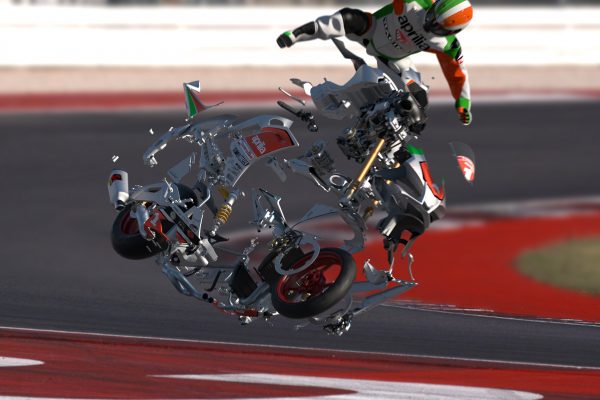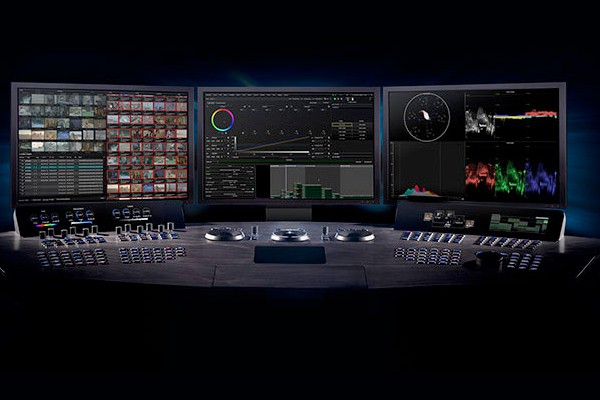At this years Australian International Documentary Conference the commissioning teams from Nine, SBS, NITV and the ABC came together to chat about what they’re looking for when it comes to new content that they’ll broadcast on their channels. So if you have a great idea for a TV show and are thinking of pitching to a network, here’s what they’re after in 2019:
-Impact Producing: Producing content that directly impacts our lives. Whether that’s socially, legally, environmentally. Think, The Chaser’s War on Waste. This series made a direct impact on how Australians view waste and the environment. The increase in the number of keep cups and reusable bags had a direct correlation to this series. Go Chaser Team!
-Co-viewing formats: Families want to be able to sit down together in front of the telly and enjoy shows together. So this means that the content has to be PG or below and have something for both the parents and kids. Think, Ninja Warrior. The highest rating show in Australia last year. It’s fun for the entire family!
-Returning formats: Formats that come back year after year and aren’t just a one hit wonder. They’re looking for on going series and formats that they can bring back series after series and it holds an audience. Think, MasterChef. Eleven years on and it’s still going strong. So that’s what they’re looking for, but what do you do next? We get asked this quite often. People have awesome ideas for shows but have no idea how to get there idea to a stage where it will get noticed by a broadcaster or production company.

Here are some tips to get the ball rolling:
-Write a strong treatment: This is a document where you show off your idea, create a clear plan of how this production will run and look. Here are some examples of what you could include:
● Title page introducing you/your team
● An overview page that describes your full idea/concept and your approach to the job
● A full script where relevant
● Storyboard
● Shot List
● Basic budget breakdown
● Production schedule
● Gear List
● Details on casting and locations
● Breakdown of music/audio approach
● Description of Style/Aesthetic: Scene breakdowns, reference images, shooting style and other visual details
● Examples of relevant work experience
● Reference films
-Know your market and your audience: It’s so important that you’ve done your research and understand the market (as in what people are watching, what time slot and what rates) and who your audience is. So do your research. Work out if this idea is original, if not you might want to think again (broadcasters aren’t going to make something that has been made before). Work out what is similar and look at the rating numbers. For example, MasterChef and MKR are both cooking shows but have completely different audiences. Look at what time slot that show is in and whether yours would work in a similar slot. And more importantly work out who would watch your show and why? Broadcasters want to know that this show is going to rate and have a large audience, you need to prove this to them through strong research. -Film something: It’s good and all to talk about an idea, but in the end people really want to see something to know what you’re on about. Broadcasters will take you more seriously if you already have filmed a pilot episode. Even if you don’t have full funding, they want to see how it might look and feel and what your team can produce. With more and more content being consumed by growing online audiences there has never been a better time to pitch a brilliant idea.
So get researching and writing, who knows, your show could be the next ratings juggernaut!

Clothesline Content founders, Jacqueline Tonks and Claire Falkiner, filming an episode of Masterchef on a salt lake in outback Australia
Clothesline Content founders, Jacqueline Tonks and Claire Falkiner, filming an episode of Masterchef on a salt lake in outback Australia
@clotheslinecontent
www.clothesliencontent.com




